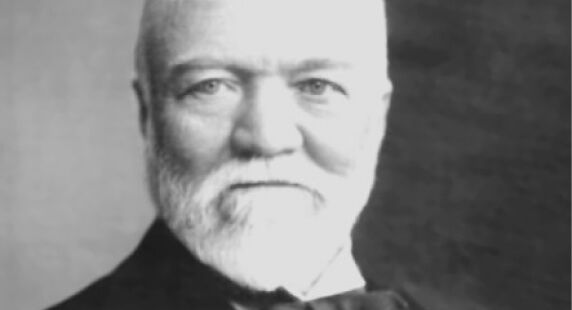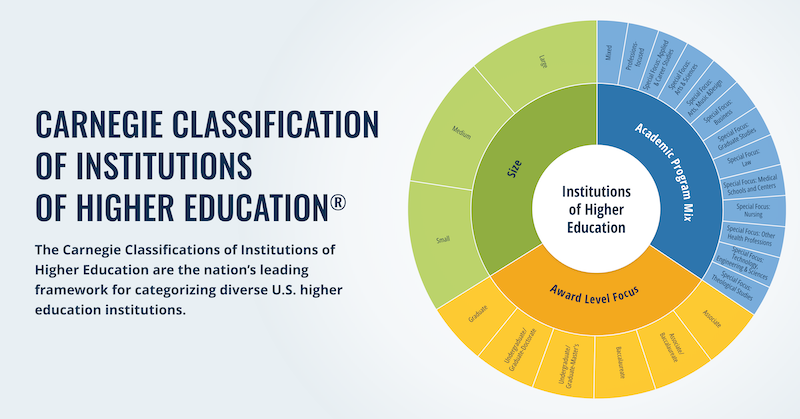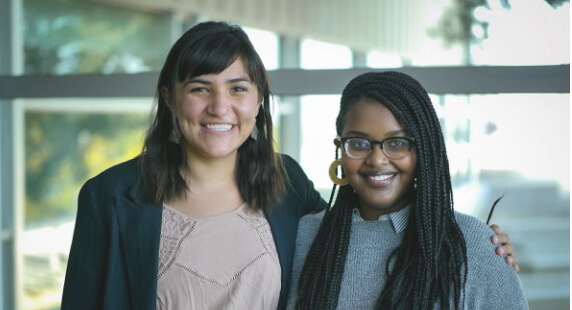Editor’s note: This is the second post in a series designed to explore and bring to life the framework for initiating networked improvement communities (NICs). The first post outlines the framework itself.
In this second blog post in our series on networked improvement community (NIC) initiation, we focus on how NICs can build educators’ capacity to use improvement science to learn from practice. We spotlight one of the five essential domains in our framework for the initiation of a viable NIC: learning and using improvement research methods.
 Improvement science offers methods to guide disciplined inquiries that generate knowledge to improve practice. Improvement research—the inquiry processes that lie at its core—provides a set of tools for educators to use to learn from the changes they make in their practice, whether successful or not. When carried out through a networked improvement community, improvement science includes mechanisms for capturing, spreading, and using the on-the-ground learning that takes place in individual schools and classrooms every day.
Improvement science offers methods to guide disciplined inquiries that generate knowledge to improve practice. Improvement research—the inquiry processes that lie at its core—provides a set of tools for educators to use to learn from the changes they make in their practice, whether successful or not. When carried out through a networked improvement community, improvement science includes mechanisms for capturing, spreading, and using the on-the-ground learning that takes place in individual schools and classrooms every day.
But these same opportunities also pose challenges. Disciplined inquiry grounded in data systematically gathered about practice is not a routine part of many educators’ work. Educators, unlike health care professionals who have used improvement science successfully for nearly 30 years, do not receive training in the scientific method in the routine course of professional preparation. Moreover, documenting small tests of changes in work practices can be difficult to integrate into the already busy lives of practitioners. Additionally, using the improvement science approach calls practitioners to take up different roles, responsibilities, and dispositions. In improvement science, practitioners are at the center of testing, revising, and implementing changes; their knowledge of the system is central to understanding problems of practice and developing the needed know-how to improve. Therefore, teams trying to launch a NIC must develop a plan for building network members’ capacity to use the disciplined inquiry of improvement research to yield significant practical learning. In order to illuminate this process, we highlight how one NIC initiation team approached this challenge.
Practitioners are at the center of testing, revising, and implementing changes.
The Building a Teaching Effectiveness Network
The Building a Teaching Effectiveness Network (BTEN) was launched to improve the performance and retention of beginning teachers. The BTEN initiation team included Hub organizations: Carnegie, the Aspen Institute, and the American Federation of Teachers, with support and coaching provided by the Institute for Healthcare Improvement. Two large, public urban school districts were network members throughout the project.
BTEN designed and tested better processes for providing new teachers with regular, manageable, consistent, and useful feedback. This approach was instantiated in a feedback management routine (see graphic below) that helped schools develop a standard work process for providing quality feedback to beginning teachers on a frequent and regular basis.
While this feedback management routine provided significant guidance to schools, how to make it work in each school context demanded as much attention as did the initial design and development. The goal of improvement science is not only to develop promising new routines, but to focus on learning about how they work and adapting them to work across the many varied contexts in existing school systems. In order to achieve this, BTEN school teams, led by practitioners, used improvement research methods (particularly Plan-Do-Study-Act (PDSA) cycles) to integrate this feedback process into existing observation and support systems in their schools. This “adaptive integration” process relied on educators building their improvement science expertise so they could lead and engage in testing and refining changes to fit their local school environment.
Improvement science focuses on learning about how new routines work and adapting them.

Note: This is a more detailed version of the feedback process routine, based on multiple learning cycles, as compared to the initial prototype version described in Chapter 5 of Learning to Improve.
Learning About Network Initiation from the BTEN Experience
Acknowledging that the success of the NIC relied on both the Hub members and practitioners having the needed improvement science capacity, BTEN invested in a multi-faceted development strategy. Through this process, school, district, and hub participants received both intensive upfront training focused on the particular skills and tools they would need to contribute to the NIC as well as ongoing support through coaching.
DEVELOPING HUB CAPACITY
A critical component of BTEN’s initiation included developing improvement science expertise within the network Hub, so the Hub could, in turn, support the development of this expertise among district and school-based improvement teams. In order to build capacity, the network initiation team engaged experienced improvement specialists as coaches and consultants.
SUPPORTING PRACTITIONER DEVELOPMENT
As they were deepening their own expertise, the initiation team also sought to build the capabilities of the district and school-based improvement teams that were working to improve supports for beginning teachers. Each district designated an improvement facilitator that had dedicated time and responsibility for supporting improvement research in participating schools. Additionally, schools designated a lead improvement facilitator that provided coordination of school-based improvement work.
The Hub then designed intensive learning experiences for these facilitators as they would become critical nodes of improvement science expertise throughout the network. Summer institutes were organized to train improvement facilitators through simulations and other hands-on experiences. For example, participants planned and enacted personal improvement projects—such as introducing small changes in their routines to more efficiently manage their email inboxes. This allowed them to learn this approach to disciplined inquiry by doing it. Other learning experiences focused on the dispositions necessary to support improvement science, the identification and testing of change ideas using PDSAs, and the importance of practical measures to test whether changes lead to improvements.
Coaching was used as a strategic capacity-building strategy.
ONGOING COACHING AND SUPPORT
 In addition to formal training experiences during network meetings, coaching was used as a capacity-building strategy. As school-based teams began to experiment with ways to incorporate the feedback management system into their schools with reliability and quality, district facilitators held weekly meetings to coach teams through their PDSA cycles. At the same time, improvement specialists from the Hub met regularly with district facilitators to coach them on how to work with school-based teams. The Hub provided further support for building improvement science capacity by regularly gathering and distributing data on beginning teachers’ feelings of self-efficacy, stress, and other factors that predict retention, which teams could track over time and compare to network averages.
In addition to formal training experiences during network meetings, coaching was used as a capacity-building strategy. As school-based teams began to experiment with ways to incorporate the feedback management system into their schools with reliability and quality, district facilitators held weekly meetings to coach teams through their PDSA cycles. At the same time, improvement specialists from the Hub met regularly with district facilitators to coach them on how to work with school-based teams. The Hub provided further support for building improvement science capacity by regularly gathering and distributing data on beginning teachers’ feelings of self-efficacy, stress, and other factors that predict retention, which teams could track over time and compare to network averages.
Improvement research structured by NICs holds enormous potential for learning how to improve, but for educators, taking up improvement methods and integrating them into their daily work lives is a demanding process. The BTEN experience suggests that practitioners who take on this work need intensive support in learning the improvement science methodology. Consequently, a critical component of network initiation includes distributing and positioning expertise to support networked learning and knowledge generation. The BTEN approach—which focused on developing district and school-based facilitators with intensive training—so that they could then coach their colleagues on how to engage in systematic improvement—represents one approach to this vital initiation challenge.
January 13, 2016
In the first post of our network initiation series, we outline the networked improvement community initiation framework, exploring each of the 5 domains.
January 22, 2016
In this Stanford Social Innovation Review article, Lisbeth B. Schorr explores how the conversation around evidence is shifting. The use of evidence is being redefined as there is growing emphasis on not just figuring out if something works, but where and why.









